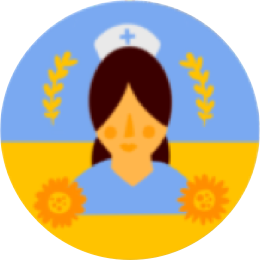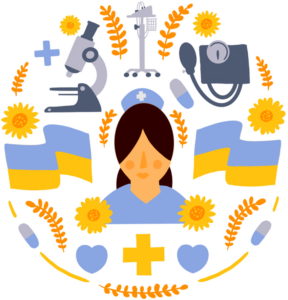CNO Roundtable 2021
Lessons Learned
Q: What is your assessment of the way the healthcare community responded to the pandemic? What would you do differently?
Raye Burkhardt
Kaiser Permanente Fontana Medical Center
Compared to our peers in technology and business, healthcare has historically been slow to change and innovate. The pandemic has proven that healthcare can innovate and adapt quickly — we have seen hospitals across the country pivot on a dime and mobilize rapidly to accommodate increased census and patient acuity.
As a workforce, we have proven to the world something we have always known: that our frontline clinicians have tremendous heart, resilience and courage, traits that continued to shine in the darkest hours of the pandemic.
Ruby Gill
Kaiser Permanente Irvine Medical Center
In the beginning, there was a lot of frustration around frequently changing recommendations, PPE, and visitor guidelines. Weekly forums with staff and physicians helped to clarify the intent of these changes and eased anxiety. If I could change one thing, it would be the stringent visitor policy. On several occasions, I felt helpless when families couldn’t visit their loved ones. Fortunately, our IT team was able to quickly deploy technology that helps patient families connect virtually with their loved ones.
Katie Hughes
Casa Colina Hospital and Centers for Healthcare
Despite the disaster- and pandemic-response plans we have in place, it has taken a tremendous amount of work to keep up with challenges like ensuring adequate supplies and nurse staffing; testing patients and employees; and, more recently, coordinating vaccination efforts.
One lesson I’ve learned from this pandemic is never to underestimate the importance of community, or how much stronger we are when we work together. As an organization, we are not alone, and I was impressed by the collaboration and communication between local hospitals, healthcare providers and agencies who have supported one another by sharing supplies, helping with vaccinations and providing hospital beds.




